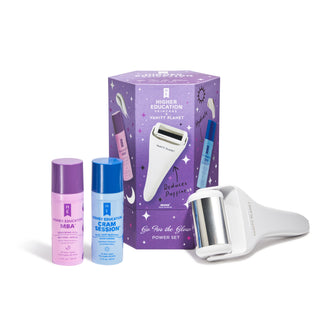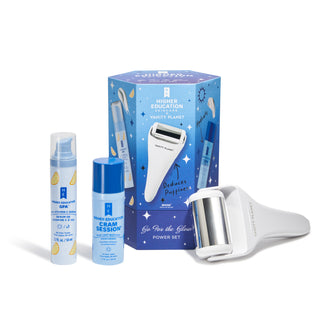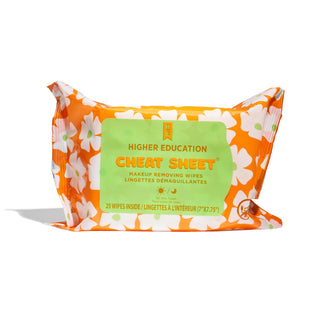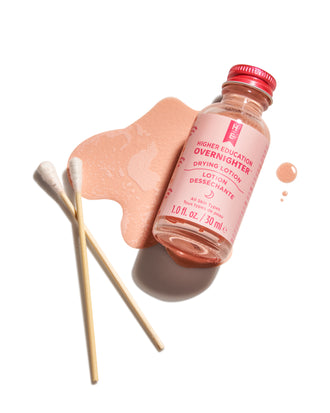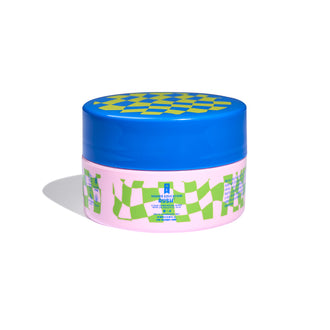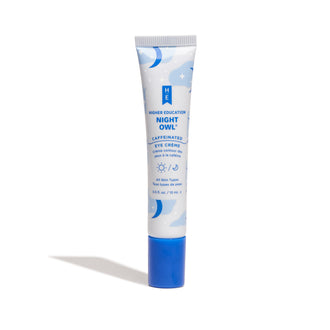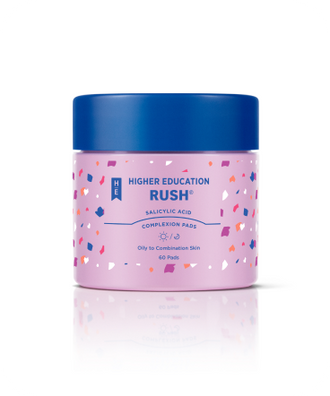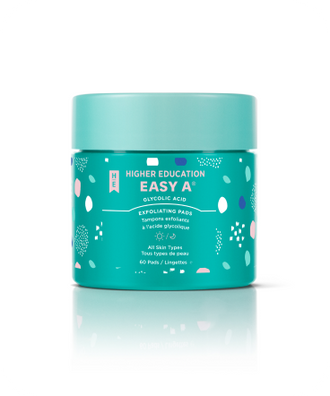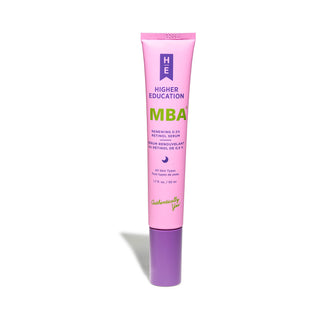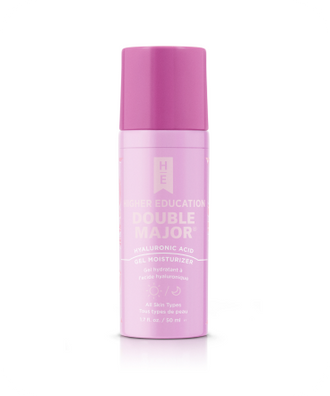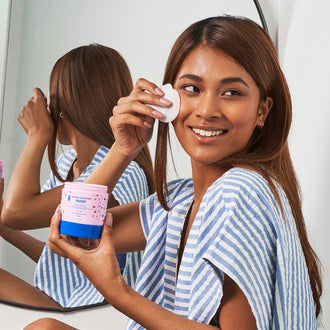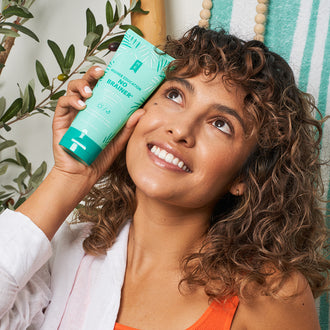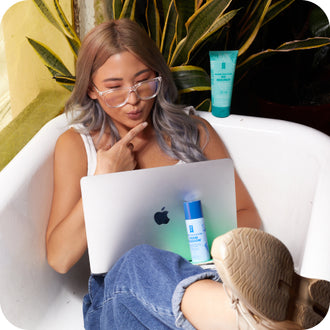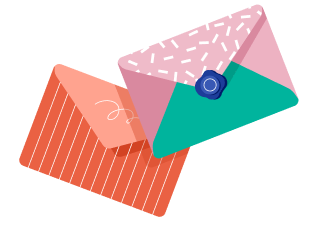
If you’re one of the lucky ones, you may have strolled through High School like a regular Serena van der Woodsen with zero skin concerns and a face as clear as can be. Then, on the eve of heading to college for freshman orientation, you wake up in a massive panic *BAM*: a pesky, painful cluster of acne takes over the entire surface area of your chin. WHAT?!
Obviously, confusion ensues. What caused your face to go from clean and clear to… oh, dear! You might ask yourself: isn’t acne a puberty, dirty teenage sort of thing?
If you’re new to this whole “breakout” situation, you may have a million questions: who? What? When? Where? WHY? What caused a massive breakout to emerge overnight?
It turns out that hormonal acne is on the rise as is the average age of those that suffer from acne: 80% of teenagers and young adults under the age of 30 suffer from acne.
Here’s what I’ll answer for you today regarding hormonal acne:
- What are hormones?
- Why do they cause breakouts?
- How does your menstrual cycle affect breakouts?
- How do you treat hormonal acne?
Let’s break it down…
What are Hormones?
Hormones are chemical messenger molecules secreted into the bloodstream. Your bloodstream then carries these messenger molecules to their targeted tissues and organs.
Hormones are produced by the glands of the endocrine system and regulate biological processes including growth and development, metabolism, stress, reproductive function, mood and sleep. Basically, hormones are involved in a majority of the body’s processes.
DYK: If you are taking “the pill” as your preferred method of birth control, it is interesting to note that birth control pills are a sweet concoction of synthetic hormones released in the body and used to prevent ovulation (the release of an egg from your ovaries).
Why do Hormones Cause Breakouts?
Great question.
It isn’t very clear as to why hormones cause breakouts, unfortunately, which can be the most frustrating part of a hormonal breakout.
Most dermatologists explain that fundamentally all acne is hormonal and many of the very same factors that cause teen acne also try to ruin your social life as an adult (think pores clogged with bacteria, skin cells and oil).

Puberty is around the time our body starts to produce excess androgens, specifically testosterone (males and females produce testosterone for muscle and bone strength).
It’s testosterone that is responsible for the development of our sebaceous glands and, in turn, oil production. The overproduction of sebum can mature during puberty and, for some of us, this maturation leads to clogged pores and the resulting acne.
At this stage, the plot thickens for women, of course. In men, hormone levels stabilize as they age, however, these levels continue to fluctuate for women over our lifetime. Sounds crazy, right? Not so crazy when you consider a key physiological function: your menstrual cycle AKA Aunt Flo, “That Time of Month,” Crimson Tide, the Red Wedding or Shark Week.
Acne & the Menstrual Cycle

The menstrual cycle is a series of hormone-driven events women experience every month in the years between puberty and menopause. Your menstrual cycle is more than bleeding and sobbing over the that puppy commercial you saw on Hulu.
A menstrual cycle causes reproductive hormone levels to rise and fall, which can impact the skin in different ways during the various moments of the cycle. A typical cycle is approximately 28 days beginning on the first day of your period and ending the day before your bleeding begins again.
Day 1- 14
During the first 14 days of the menstrual cycle, the pituitary glands release the Follicle Stimulating Hormone (FSH) and Luteinizing Hormone (LH). It’s these hormones that control the ovarian function along with their complimentary hormones: estrogen (promotes female characteristics) and progesterone (prepares the body for conception and pregnancy).
Day 14-28
Estrogen concentrations are higher than progesterone in these two weeks than in the subsequent 14 days. Beginning around day 14 through day 28, progesterone levels rise while estrogen levels drop. This is the period of time where sebum (oil) production is stimulated.
Before your period starts, both estrogen and progesterone levels are at their lowest points within the cycle and testosterone concentration is significantly higher than the female hormones. This spike in testosterone causes even more oil production & potential for clogged pores, which can lead to the early signs of breakouts (redness, irritation and inflammation).
Day 18-21
It’s right around days 18-21 that premenstrual acne flares and emerges on your chin. The pill blocks this hormonal fluctuation, which is why birth control pills are often prescribed to treat hormonal acne in women.
Treating Hormonal Acne
All acne is not created equal.
Adult acne or hormonal acne is different from teenage acne. The location of the acne breakouts in adults tends to be on the lower portion of the face, along the jawline and the neck (this is generally a dead giveaway of hormonal acne).
Adult or hormonal acne tends to appear in the form of big, angry bumps on or under the skin while teens see a mix of cystic bumps, blackheads and whiteheads all over the face. For more deets on the specific types of blemishes and what they mean, check out our most recent blog post: What Does my Breakout Mean? A Dermatologist Decodes the Different Types of Breakouts.
Treating hormonal acne is actually a bit different than treating the occasional random breakout; topical ingredients, such as salicylic acid, can be less effective in these cases. However, introducing your skin to products containing retinol such as our MBA® Renewing 0.5% Retinol Serum can be beneficial for treating hormonal acne.
Oral medications including birth controls pills and spironolactone (a blood pressure medication) can help regulate hormone levels internally, in turn helping to reduce hormonal acne. If you can, schedule an appointment with your dermatologist and discuss options for treating hormonal acne from the inside-out.
Before you schedule an appointment with your derm, you can try troubleshooting your skin with the following tips:
- Reduce your stress levels. Research indicates an association between stress and acne flareups. The excessive stress you feel during mid-term prep is affecting your skin… whoops! If you needed another excuse to practice self-care, here you go. Try that new anxiety-reducing app you’ve heard about on IG or plan a mellow spa day with the girls. The Calm app is a great sleep/relaxation aid that you can find in the iTunes or Android app store.
- Skimp on dairy. For some, milk, cheese and ice cream can be linked to the flare-up of hormonal breakouts. If you continually suffer from hormonal breakouts and dairy is a big part of your diet, try cutting dairy for a minimum of six weeks and see whether you experience less acne in your hormonal areas. Skim milk can be a major acne offender so try swapping out your skim milk for oat milk (super trendy) or almond milk.
- Stock up on hormone-healthy foods. Are you eating enough grains, fruits and vegetables? Foods with a high glycemic index like highly processed foods or sugary drinks increase insulin and blood sugar levels, which contribute to increased oil production. Try supplementing your diet with fruits and veggies instead and watch the magic that ensues on your skin.


